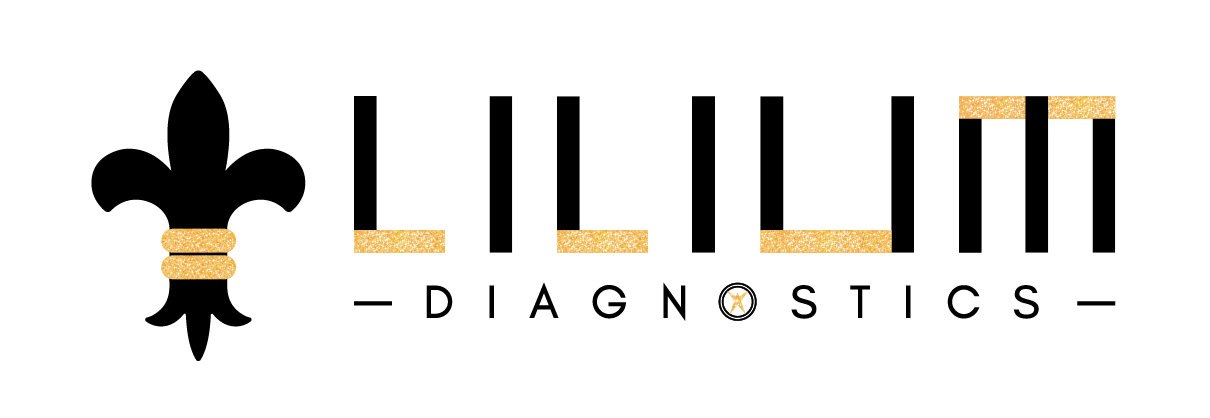


GOT QUESTIONS?
WE HAVE ANSWERS
If you have any questions, you can email us at info@liliumdiagnostics.com anytime or call us at (514) 341-8908 during our opening hours.






The Iron Panel test is a comprehensive laboratory analysis that measures the levels of various iron-related markers in the blood. This test provides important information about the body's iron status, including the amount of iron in the blood, its transport and storage proteins, and the body's ability to store and utilize iron. The results of this test help physicians diagnose and monitor conditions such as iron deficiency anemia, hemochromatosis, or certain chronic diseases.





To continue booking, you need to select at least 1 test
* Results are available same day by 9 p.m. 99% of the time. On rare occasions, it may take up to 3 business days to receive results.
The transferrin, Total Iron-Binding Capacity (TIBC), or unsaturated iron-binding capacity (UIBC) test is employed in conjunction with other iron tests to evaluate the quantity of iron present in the bloodstream, the overall capacity of the blood to transport iron, and the level of stored iron in the body. These tests aid in distinguishing different causes of anemia.
Ordered collectively, iron tests provide comprehensive information that aids in identifying conditions such as iron deficiency, iron deficiency anemia, or excess iron in the body (iron overload).
These tests may be requested in conjunction with other iron assessments when a routine Complete Blood Count (CBC) indicates low hemoglobin and hematocrit levels, accompanied by smaller and paler red blood cells (microcytic and hypochromic). These findings suggest the possibility of iron deficiency anemia, even if other clinical symptoms have not yet manifested.
You may be required to fast for a period of 8 to 12 hours before undergoing your blood test. It's essential to adhere to any specific instructions provided with your online test or as directed by your doctor.
Iron is a crucial nutrient with various functions, including its necessity for the production of healthy red blood cells (RBCs). It plays a vital role in hemoglobin, the protein present in RBCs responsible for binding oxygen in the lungs and releasing it as blood circulates throughout the body. Since the body cannot produce iron on its own, it must be obtained through the consumption of iron-rich foods or supplements.
Under normal circumstances, iron is carried throughout the body via transferrin, a protein produced by the liver. In a healthy individual, the majority of iron is integrated into hemoglobin within developing red blood cells (RBCs) in the bone marrow. The surplus iron is stored in tissues as ferritin or hemosiderin, with small additional amounts utilized for various purposes, such as the production of other iron-containing proteins like myoglobin and certain enzymes.
The Iron Panel Test helps to assess the body's iron status, various substances in the blood are measured, helping to evaluate the amount of iron. These tests are typically ordered concurrently, and their results are collectively interpreted to aid in the diagnosis and/or monitoring of iron deficiency or overload.
Inadequate levels of circulating and stored iron may eventually result in iron deficiency anemia, characterized by decreased hemoglobin and hematocrit, as well as smaller and paler red blood cells. In the initial stages of iron deficiency, physical effects are typically not evident, and the depletion of stored iron may progress significantly before any signs or symptoms manifest.
For individuals who are otherwise healthy and experience gradual onset anemia over an extended period, symptoms may not become apparent until hemoglobin levels drop significantly below the normal limit of normal, owing to the body's gradual adaptation.
As iron deficiency advances, symptoms eventually emerge. Common signs of anemia include fatigue, weakness, dizziness, headaches, and pale skin.
Conversely, excessive iron can be toxic. Elevated iron storage and ferritin levels occur when the body absorbs more iron than it requires. Prolonged absorption of excess iron can lead to the gradual accumulation of iron compounds in organs, potentially causing dysfunction and failure.
An example of this is hemochromatosis, a rare genetic disorder characterized by the excessive absorption and buildup of iron, even with a normal diet. Additionally, iron overload can occur in individuals receiving repeated blood transfusions for various transfusion-dependent anemias.
Iron tests may be ordered when you develop signs and symptoms of anemia such as:
Best Prices
Our fully automated private laboratory with cutting edge technology is able to reduce costs while increasing consistency and reproducibility of results.
Faster Service
We have designed our clinics and testing processes to be efficient, reducing wait times and time for results.
More Precise Information
Our test reports provide more precise information on test results, making it easier to monitor any changes in your health over time.
Free Parking
All our clinics provide free and available parking, helping you to save even more money and time.
Customer Support
Our online booking portal and helpful testing center staff help to make diagnostic testing more convenient and compassionate.

IMPLEMENT AFFORDABLE ACTION
Companies and institutions can deploy large-scale diagnostic testing at a fraction of the cost of testing centers with Lilium’s automated laboratory testing platforms and reporting.

STAY AHEAD OF OUTBREAKS
Lilium's pioneering testing system secures workplaces and communities against expensive shutdowns by keeping businesses and organizations ahead of outbreaks.

REDUCE RISKS
Robotic analysis improves accuracy of results by drastically reducing the risk of false negatives and positives.
To make an appointment, please choose from one of our clinics below:

Monday - Saturday
7:00 - 10:00
12:00 - 15:00

We provide FREE parking at our convenient locations


Our downtown Montreal location is located on the mezzanine level of the Alexis Nihon Center with 1 hour free indoor parking. Atwater metro station has a direct inside connection to Alexis Nihon.



If you’re driving to our Laval location, we are right off Autoroute 15 and have plenty of free parking.
If you arrive by public metro, there is a walkway to our lab from Metro Montmorency (a 20 minute walk).
What our customers say about us


ASK US ANYTHING
We're here to help make sense of it all.
Or send us an e-mail